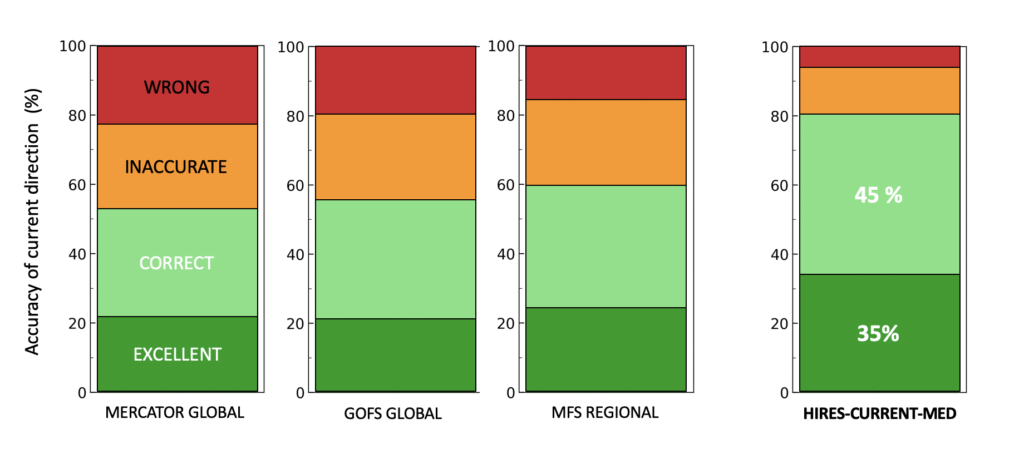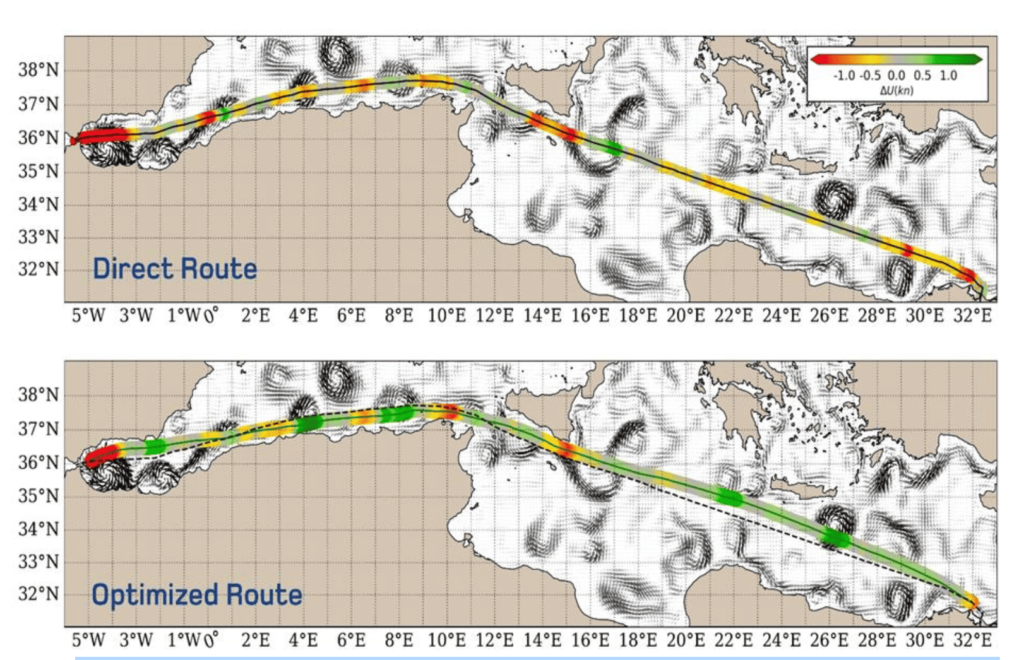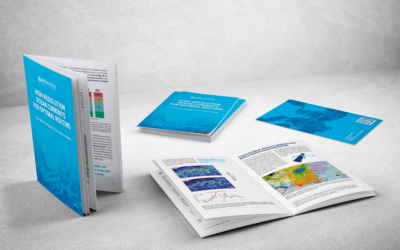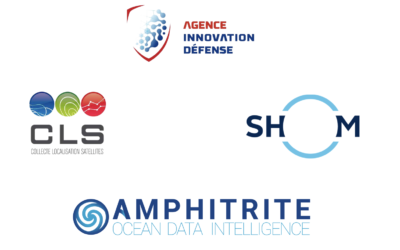AMPHITRITE had the opportunity to participate to HullPIC 2024 (9th Hull Performance & Insight Conference) organized in Tullamore, Ireland, by Volker Bertram and Morten Sten Johansen who bring together key industry players to focus on the major levers for improving the energy efficiency of ships.s.
Our Chief Technical Officer, Evangelos Moschos, presented a paper entitled “Towards Optimal Ocean Routing: Leveraging Vessel Data for Ocean Current Reliability ” highlighting the effectiveness of accurate ocean current data in optimizing routes for fuel efficiency and CO2 reduction, while also recalibrating vessel speed-log measurements for energy efficiency metrics.
Our study seeks to establish a benchmark for evaluating different ocean current datasets, by employing high frequency vessel sensor data, alongside information from ocean drifters. Our findings reveal the limitations of conventional operational oceanic models in accurately predicting surface currents. Through a novel approach, based on the fusion of multiple satellite observations, we demonstrate, in the Mediterranean Sea, significant improvements in the resolution and reliability of ocean current data, unlocking further potential for route optimization. Compared to several standard numerical models, employed in most of the current weather routing tools, our high-resolution ocean current predictions (HIRESCURRENT) in the Mediterranean Sea offer 4 times reduced wrong and inaccurate observations, see Figure 1 below

Figure1 Statistical errors of the angle of ocean current nowcasts comparing different numerical model outputs with our AI data-driven currents (HIRES-CURRENT) to in-situ drifter measurements used as reference data.
The HIRES-CURRENTS data enables a fine-scale optimization that can be applied to prescribed routes while benefiting from oceanic currents with minimum adjustments. In figure.2, by adjusting a few waypoints, this ship crossing the Mediterranean Sea from Port-Said to Gibraltar could benefit from strong oceanic velocities not only by avoiding counter-current but by also redirecting its route towards the opposite side of this swirling motion soon enough. In this scenario, the ship could realize fuel savings of up to 4% by slightly lowering its speed to arrive at the original ETA.

Figure 2 Example of optimal routing application along Suez to Gibraltar route in the Mediterranean Sea for a vessel navigating with an average speed of 18.5 kn. The background velocities correspond to the HIRES-CURRENTS as derived for the 21 August 2023. The upper panel corresponds to the direct route followed by the vessel. The bottom panel corresponds to the fine-scale optimisation route (green line) compared to the direct route (black dashed line).
Our study shows that high reliability on the observed oceanic conditions allows for a shortterm oceanic routing that can significantly optimize the ship’s voyage time as well as the ship’s fuel consumption and Carbon Intensity Indicator ratings. This low-cost/low-risk solution can be employed today to advance shipping decarbonization, a pressing issue highlighted by all presenters in the forum.
We are committed to providing innovative solutions
for shipping decarbonization.



